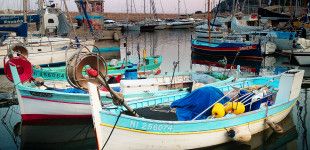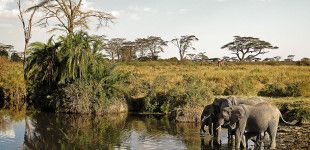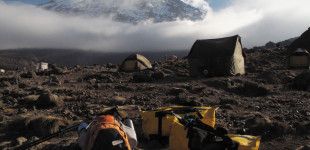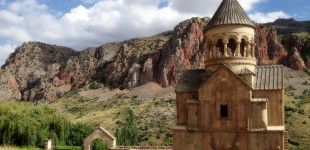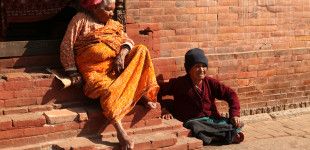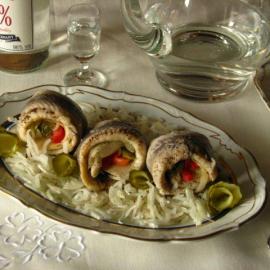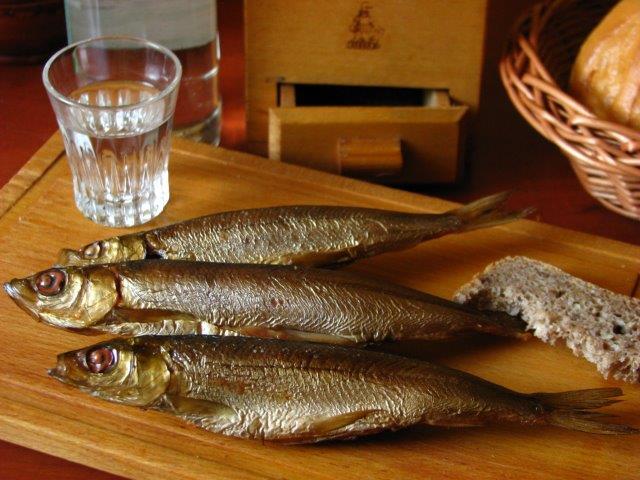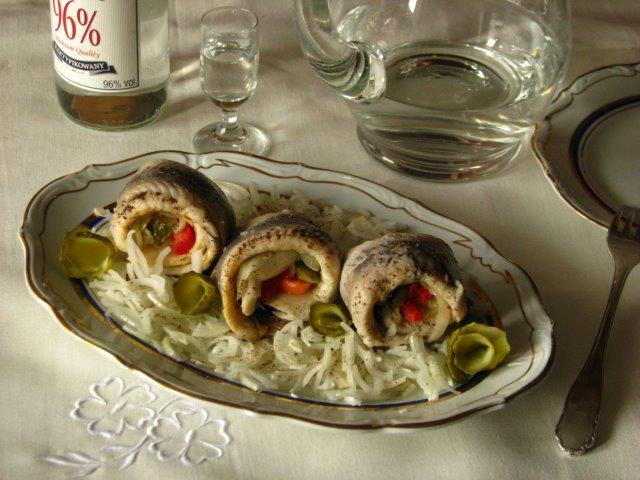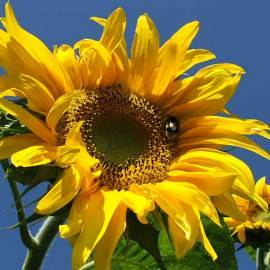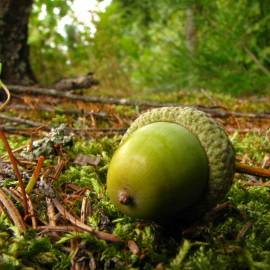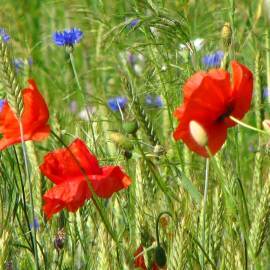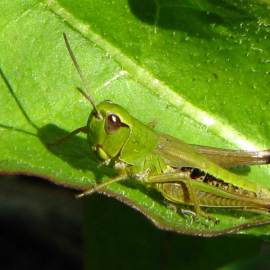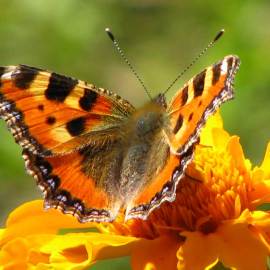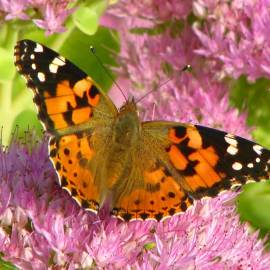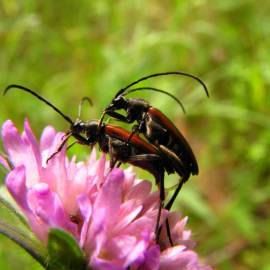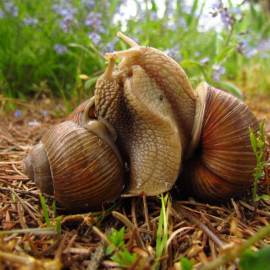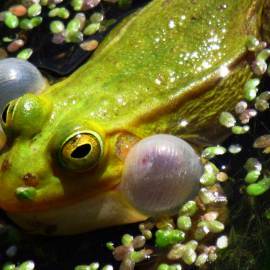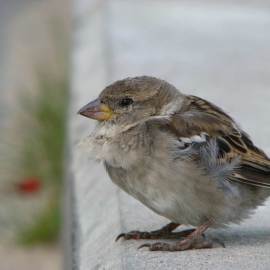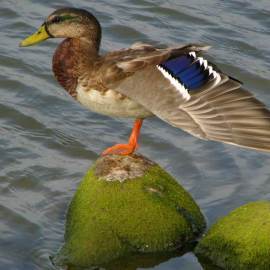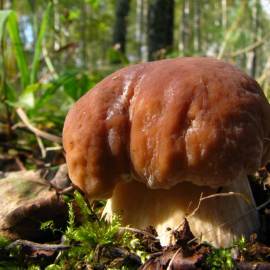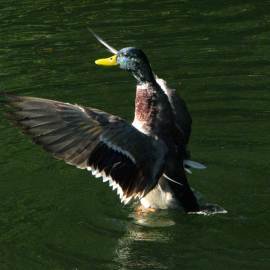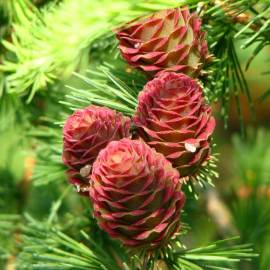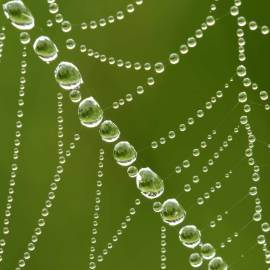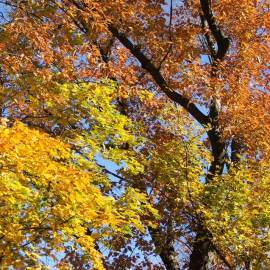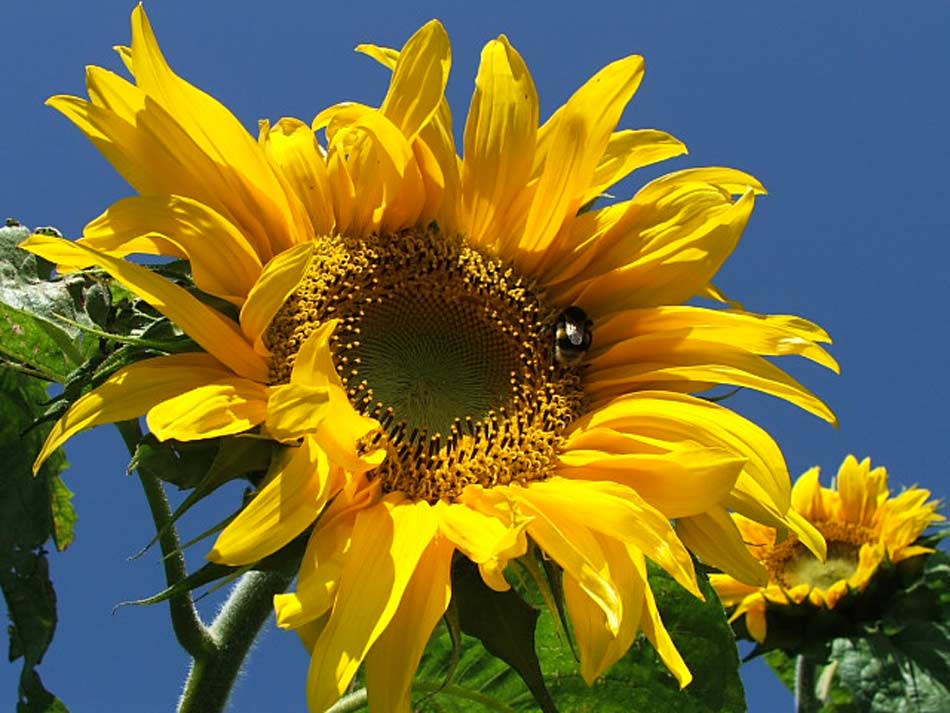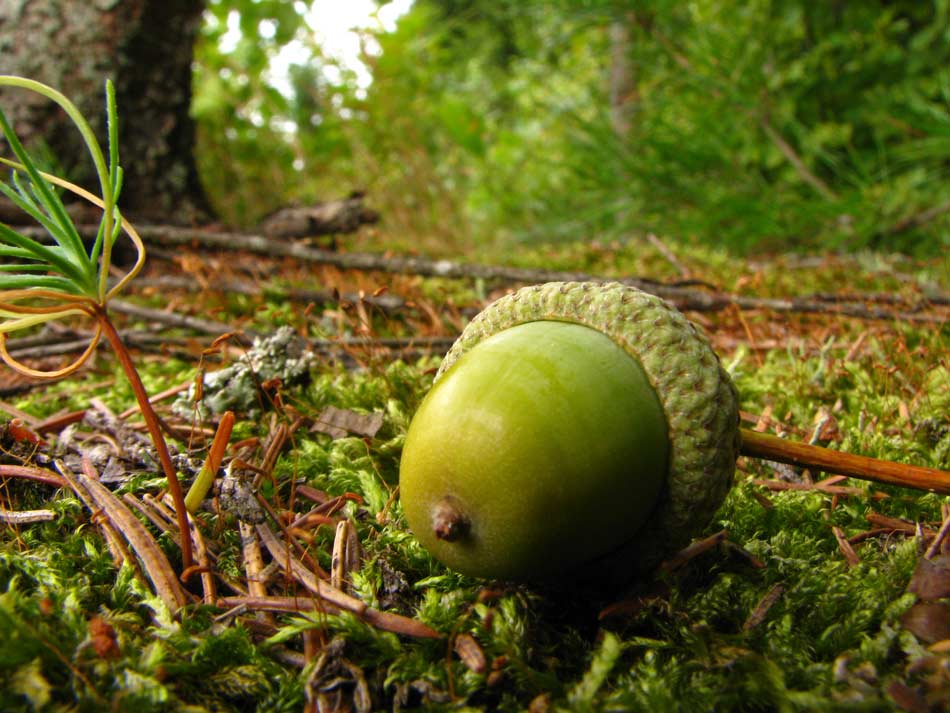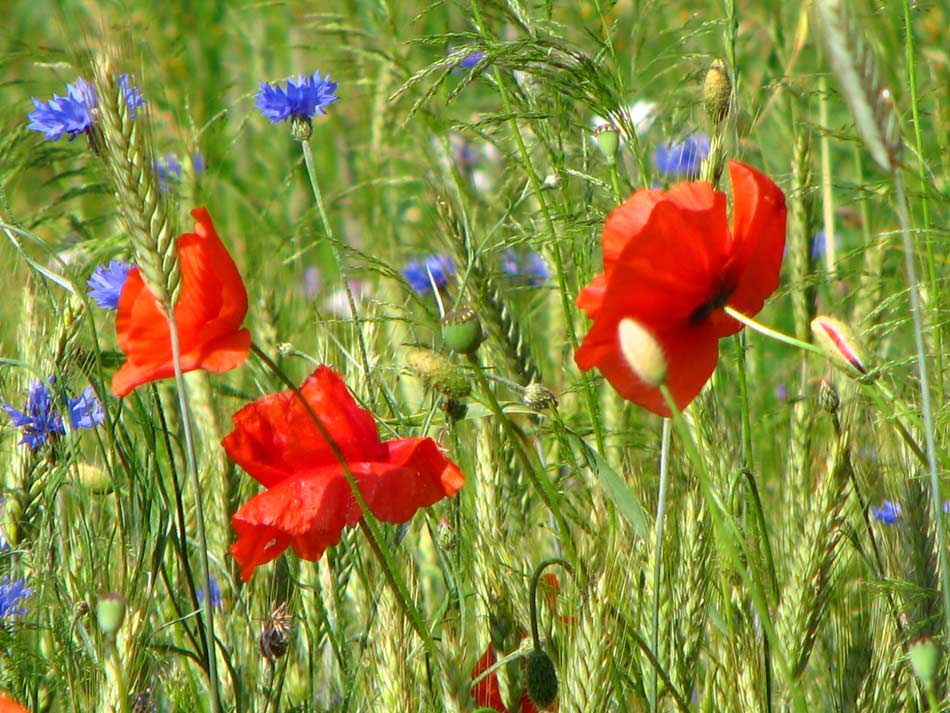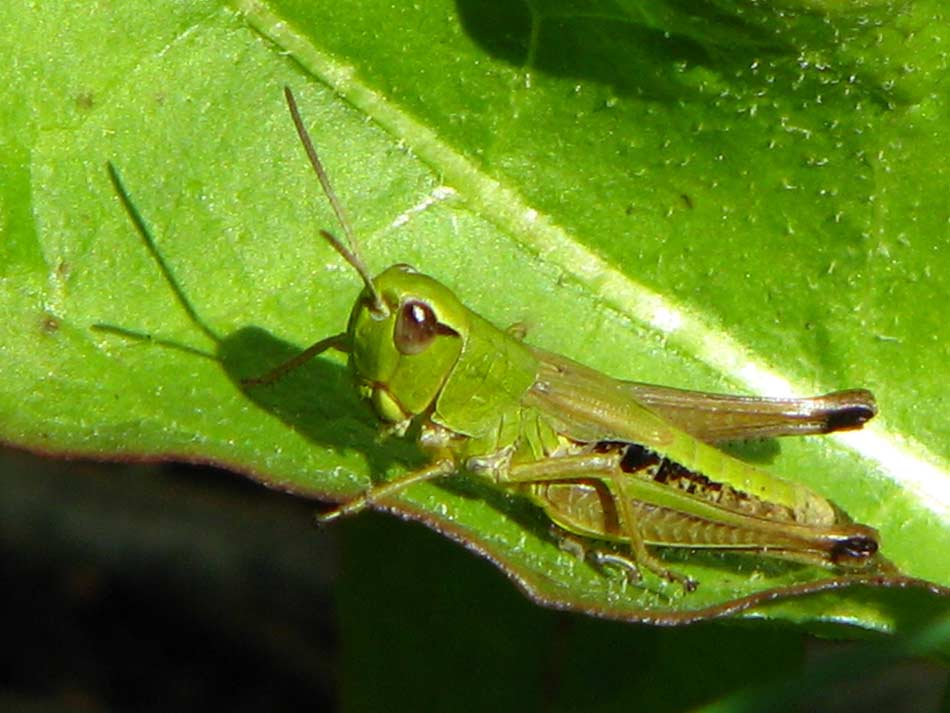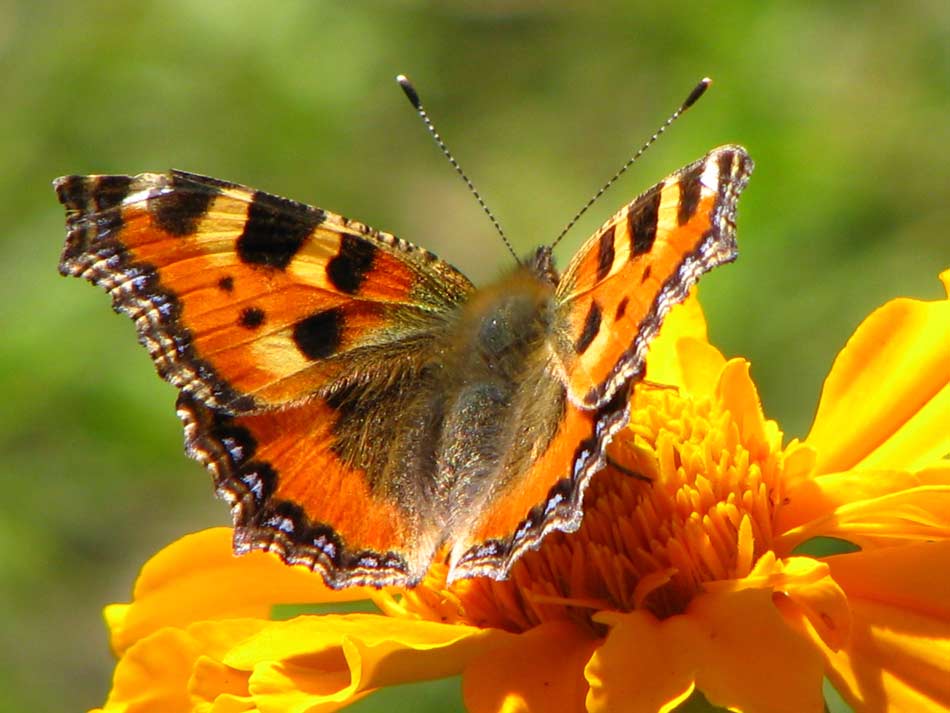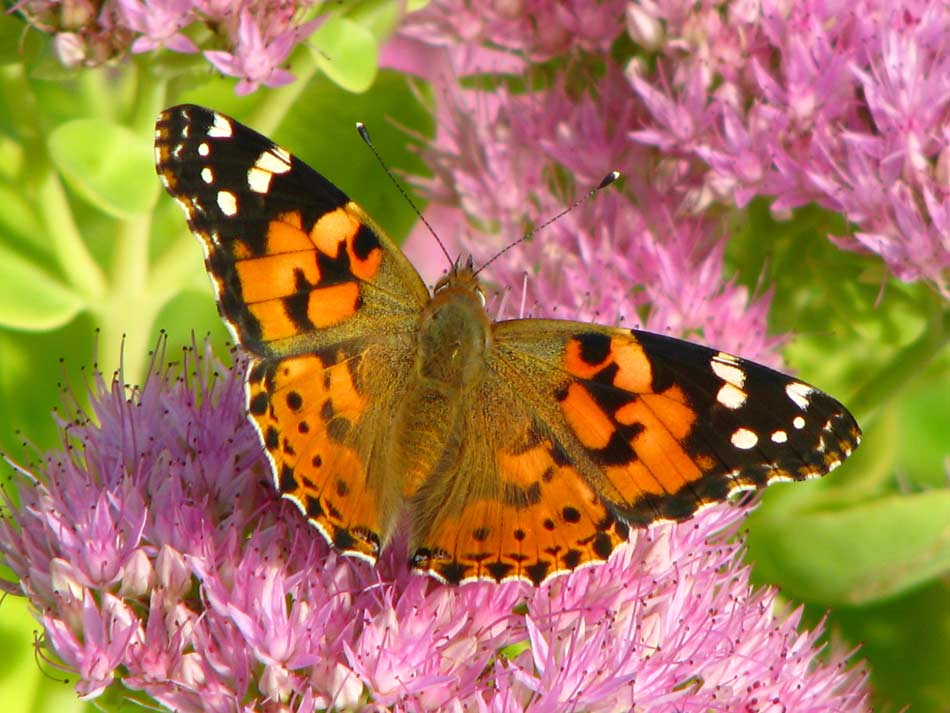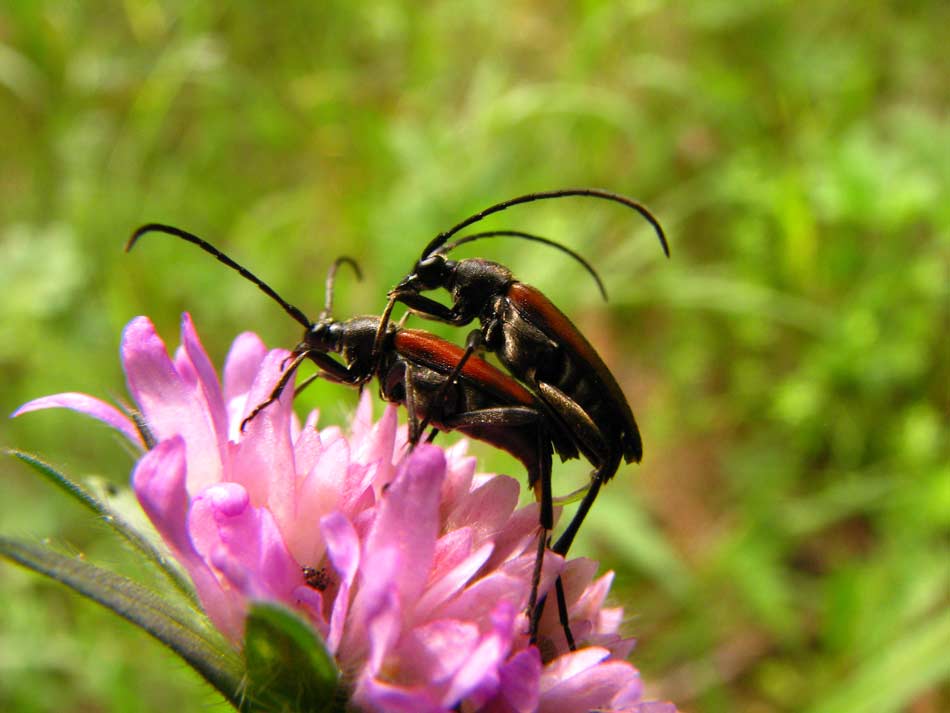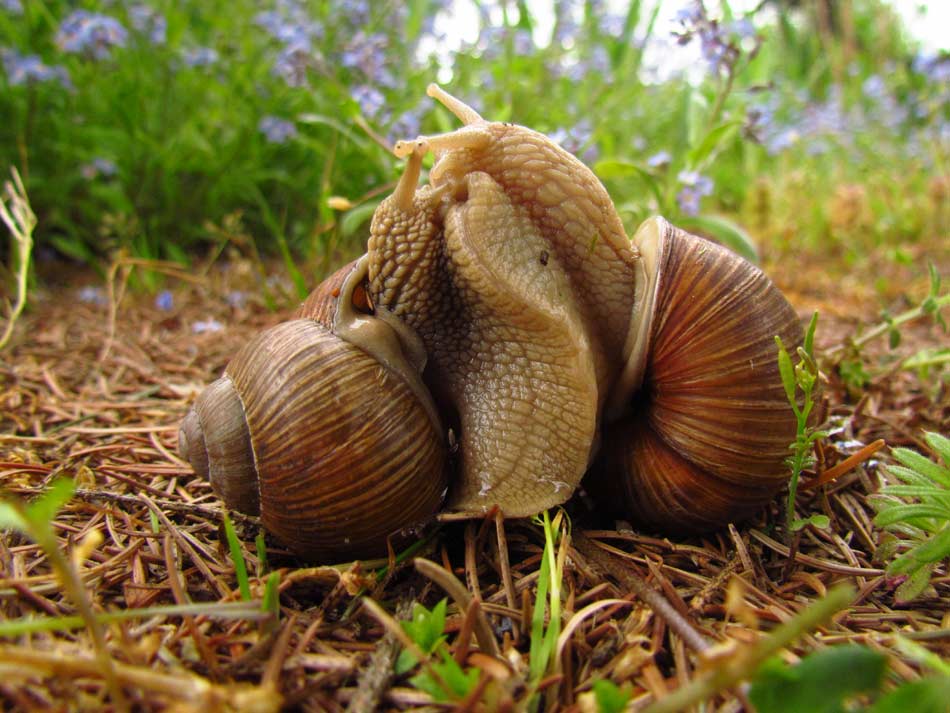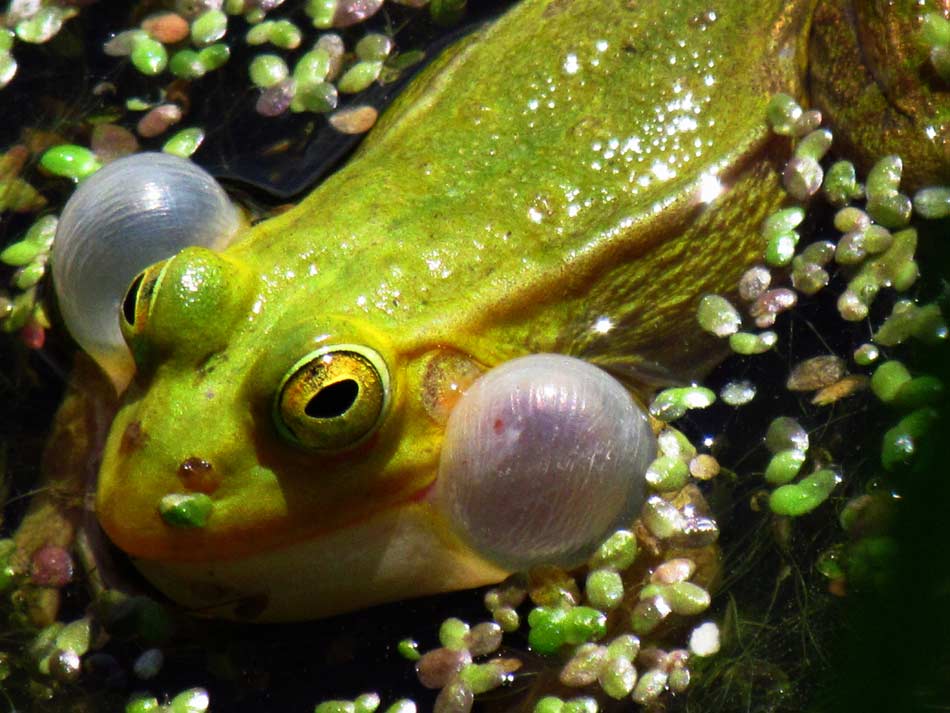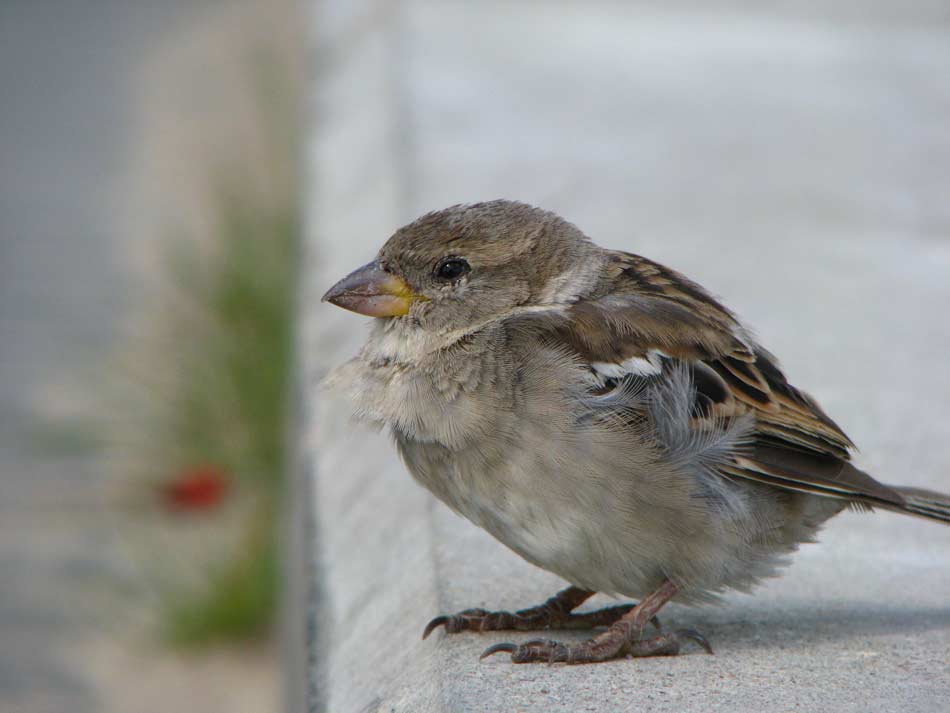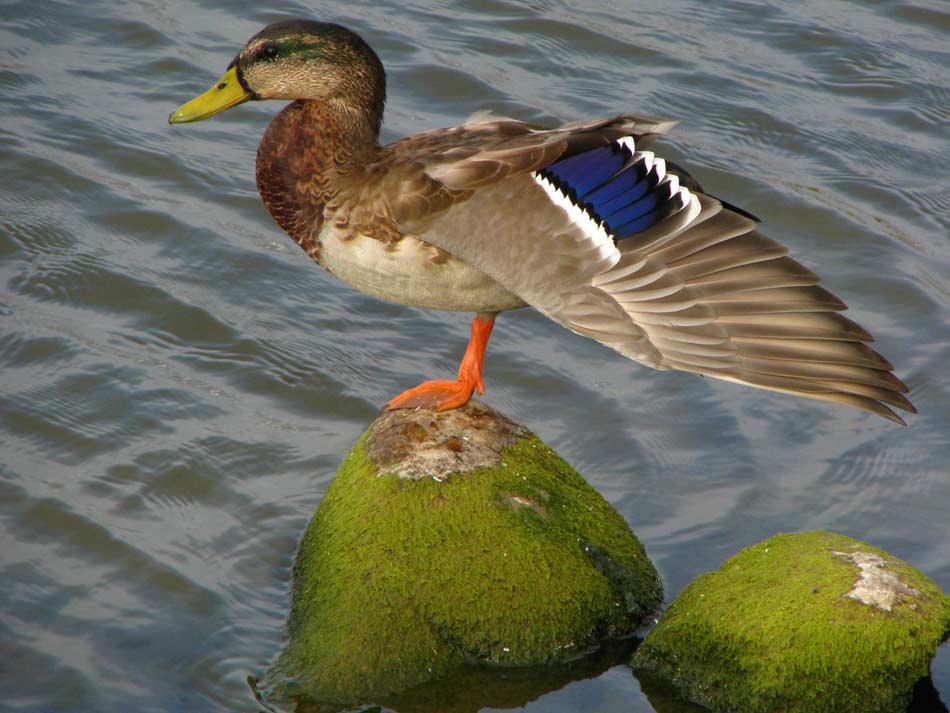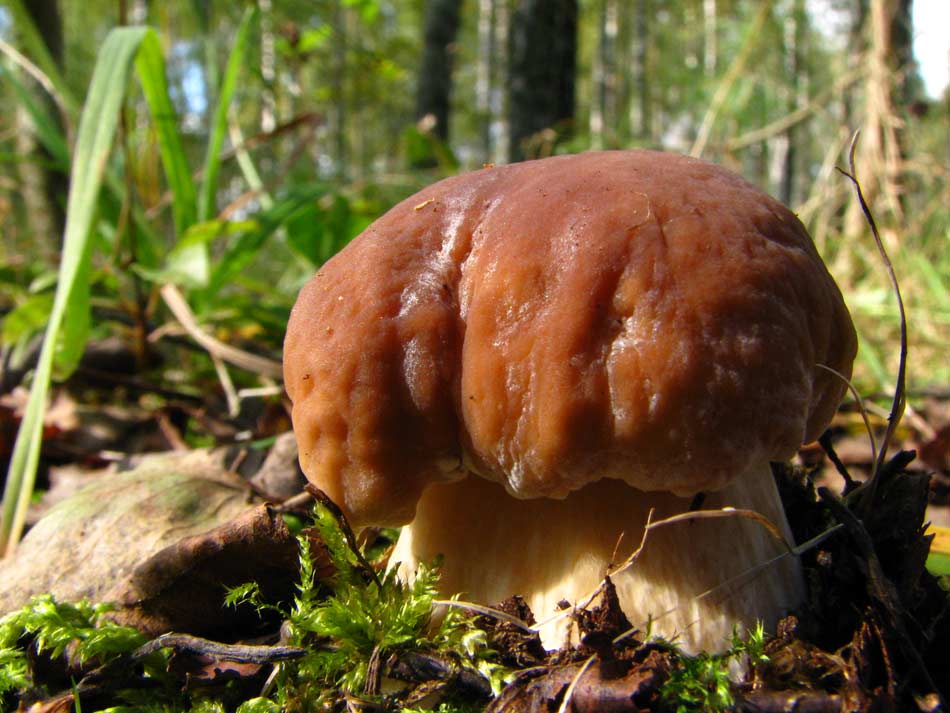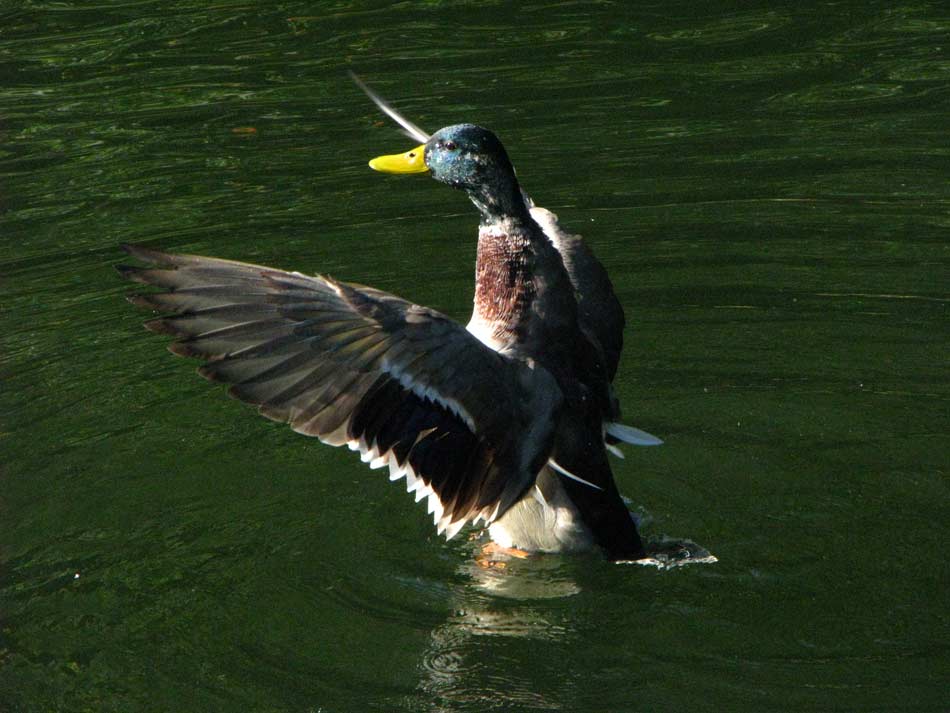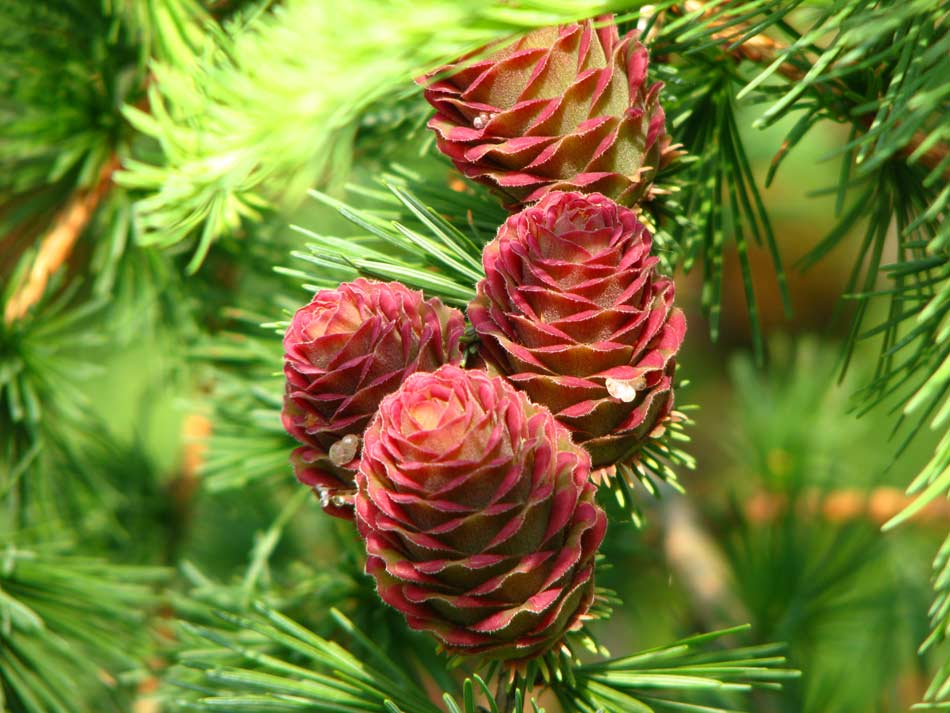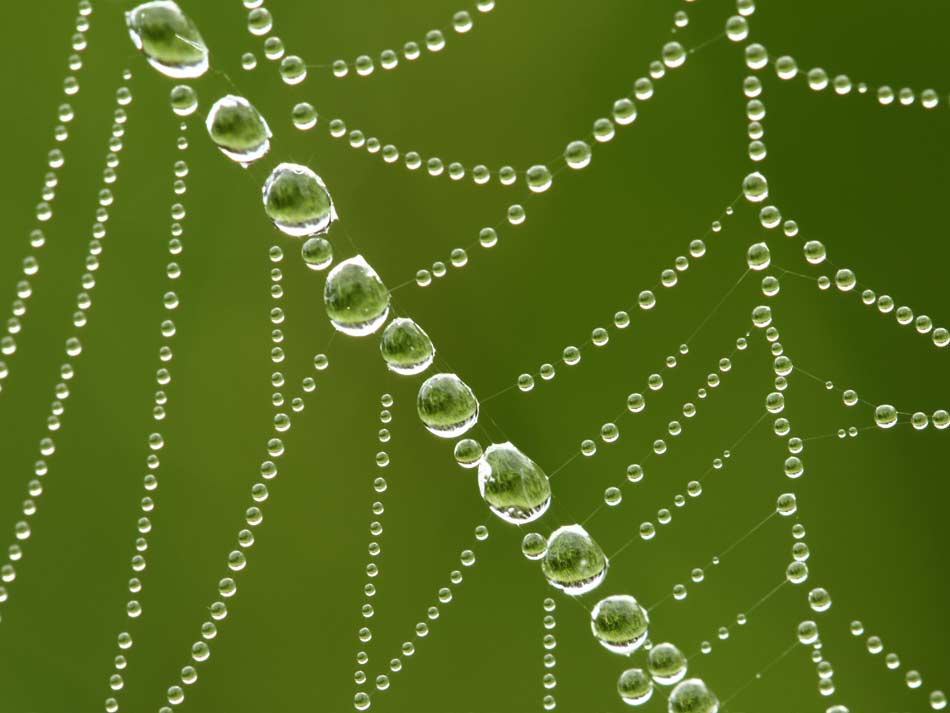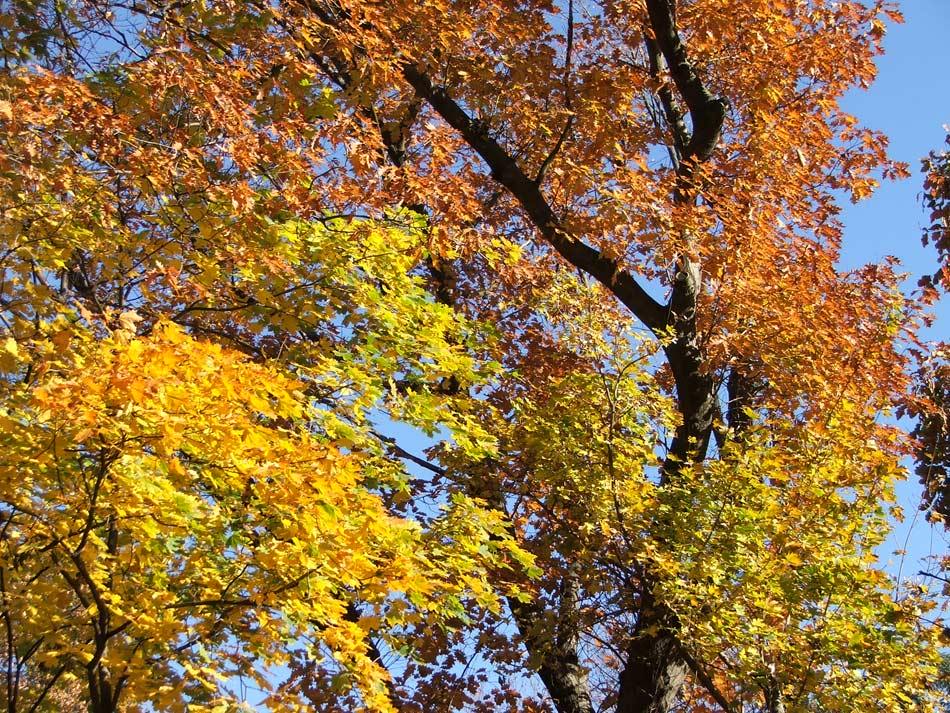Welcome travelers!
Natural Born Vagabond™ is a bilingual (English and Polish) site devoted to travel photography and journalism. Here you can find images and articles from our remote travels. The ambition of the creators is to share the best stories with those who crave wilderness and adventure. If you would like to share your opinions or travel stories please contact us via e-mail.
Featured
Natural Born Vagabond™
Poland for beginners — 51 things to see and do
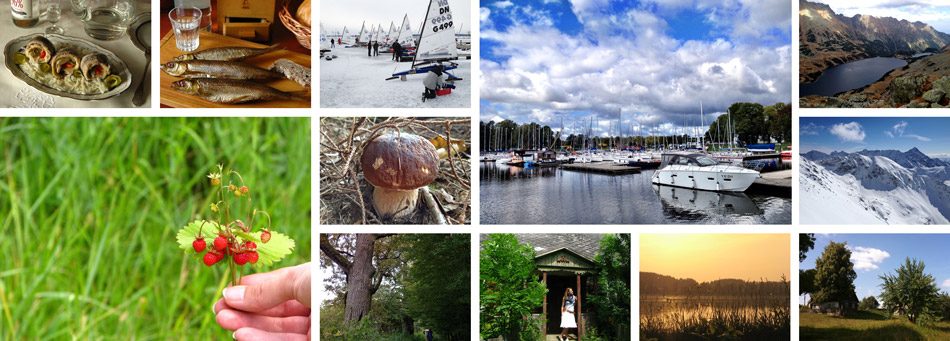
Since Poland joined the European Union in 2004, it has increasingly become a popular travel destination for both Europeans and those from outside the Continent alike. As a result, I often get inquiries from friends and acquaintances who are curious about what there is to see and do in my homeland (i.e. how to plan a trip to Poland). After having lived abroad so long (over 7 years and counting), I am overcome with nostalgia when I reminisce about my country of birth. So the idea of writing a short guide about Poland is both appealing and compelling. There is nowhere else that I feel so free and close to nature as back home. There I can go mushroom picking, eat wild strawberries straight from the bush, lay on a haystack under the blue sky, and listen to great musicians playing in local bars and cafes. Poland is also home to wonderful towns and cities full of culture and life, and has been and continues to be a country at the crossroads of Eastern and Western Europe. Below, I compiled a quick guide to Poland for beginners (“50 things to see and do”). I hope it will be a good start for when you make it to over there! Compiled by Dominika D. Photos courtesy of Krystyna Durtan.
What do you need to know before traveling to Poland?
Poland is a country with over a millennium of tumultuous history that has shaped the national and cultural identity of its inhabitants. Poles do cherish knowledge about their past, so if you would like to gain some respect from them come armed with a knowledge of the country’s history. (I recommend two books (volumes 1 and 2) by British historian Norman Davies: God’s Playground: A History of Poland, Vol. 1: The Origins to 1795 and Vol. 2: 1795 to the Present.)
Due to Poland’s turbulent history, Poles tend to seek conspiracy theory explanations in many of the political actions of our neighbouring countries. So do not be surprised if you come across seemingly strange political opinions! My compatriots also tend to have a romantic soul and are often engrossed in the past. Some would describe us as “rough on edges” and prone to mistrusting (foreign) powers — it is hard not to have this unease when Germany and Russia/USSR are/were our neighbours. For these and other reasons, it might take us a while to warm up to foreigners. The older generation can especially be a bit stiff at first encounter. However, do not get discouraged if you receive a frosty reception in Poland — we eventually do warm up! Indeed, once we get to know someone, they become like a member of the family to us and they may even find themselves invited to family weddings, children’s baptismal, and First Communions.
Another important point is not to be misled by our complaining nature. It is in the Slavic blood to get miserable over a shot (or two) of something strong (especially vodka) and moan about life and politics with our social networks. But, believe me, it does not make us any less happy than you. (Notwithstanding the fact that Poland was ranked the 51st most happy country in the world in the 2013 World Happiness Report — well below the OECD average.) Take the curmudgeonliness by us as part of a national “charm” and enjoy the (bellyaching) conversations (with a shot of vodka).
Poland – Feel invited!
Campaign by Polish Tourist Organisation:
Best time to go to Poland:
Poland has four distinct seasons with cold winters (below zero Celsius) and mild summers. In my opinion, anytime is a good time to visit Poland, but many will have a preference based on climate and desired activities and sights to see and activities to partake in. Winters are ideal for those wishing to go skiing or wanting to experience traditional Christmas markets while imbibing grzaniec (mulled wine). Early spring is the time to go bird watching for amateur nature buffs, as well as dedicated ornithologists. In the summer sailing and mushroom picking are popular activities. In the autumn apple picking goes hand in glove with admiring the beauty of the forests as the tree leaves turn golden-orange. And there is culture to be found year round throughout, but especially in historic cities such as Warsaw, Krakow, and Wroclaw.
Transportation.
Poland is a big country best travelled by car or train (PKP.pl), although in some instances buses may be more convenient. Major cities have airport connections between them, thus saving on time, though likely not money.
Start with exploring main Polish cities:
- Warsaw (Warszawa): You will not get bored in the Polish capital. Beloved by visitors and locals alike, the city is fast becoming a tourist haven as travellers discover its charm and hidden gems. The restored Old Town, Royal Łazienki Park, Pałac Ujazdowski, and the trendy Praga District, are just a few of the areas worth exploring. With a myriad of museums and galleries, the city has a packed cultural calendar throughout the year.
- Cracov (Kraków) is Poland’s flagship tourist destination, a town known for its great atmosphere — some say it is better destination in Central Europe than Prague! — and is home to one of the oldest universities in the world (Jagiellonian University). You will find here many historical and cultural sights. Start with Main Market Square which is always a happening place. There you can spot a curious half-man-half-horse figure called Lajkonik roaming around. But do not get startled and run away from this odd site if you perchance come across it for he brings good luck! See the National Museum and Sukiennince (The Cloth Hall) Museum with masterpieces of XIX century Polish art. And you should not miss touring the Royal Castle Wawel (and a visit to the Wawel Dragon) or the old Jewish quarter (Kazimierz) with its vibrant nightlife. Piwnica pod Baranami — a literary cabaret — is one of the many unique hangouts in the Old Town. In December check out the Christmas fair and Shopki Krakowskie. On the city outskirts Wieliczka Salt Mines is one of the biggest attractions. Many visitors consider a trip to the Auschwitz-Birkenau (German Nazi concentration and extermination camp) saddening and often disturbing, but a “must do” once-in-a-lifetime experience.
- Gdańsk, Gdynia & Sopot are seaside cities also known as Tricity (Trójmiasto) and are popular summer destinations.
- Poznań is a business and trade oriented city in the region of Greater Poland. It is only a short drive (~50km) from there to Gniezno (the first capital of the Polish nation).
- Wrocław is a great progressive city with a vibrant Old Town and great nightlife. Indeed, its fame has spread as far as the pages of the New York Times: A Polish City Feels Its Future Has Arrived.
- Toruń is one of the oldest Polish cities. It is most known for being the place that gave birth to Toruń gingerbread and the renowned astronomer Niccolauss Copernicus.
Head to the nature:
Countless national parks and landscape parks in Poland make recreational access to nature convenient. Poland is the only place in Europe where you still can see wild bisons in their natural environment in the undisturbed forests of Białowieski Park Narodowy. Also check out moving sand dunes in Słowiński National Park or go bird watching at Biebrza National Park. Listed below are my personal favourite vacation areas (which highly feature agritourism):
- Great Masurian Lakes: Known as “the thousand lakes region”, it is best known as a place for leisure sailing and wilderness camping.
- The Suwalki Region (Suwalszczyzna) is popular for cycling and kayaking. Two worthwhile attractions in the region include Wigry National Park and Wigry Monastery.
- The Tatra Mountains and the mountain town Zakopane are the winter capital of Poland. The region is ideal for for skiing, trekking, and mountaineering, as well as some unique cultural experiences. The area is also home to a minority ethnic group (a mountain people) called Górale.
Special interests:
- If you care for the glory of the past you could plan a tour of castles in Poland. Amongst them is a pearl of medieval architecture, the Malbork Castle, which is sure to attract attention.
- If you need a quiet spot on a budget to engage in a creative work (such as writing a book ), I can recommend two charming towns in Lesser Poland with active artistic communities and relaxed cultural atmosphere: Sandomierz and Kazimierz Dolny. Both are not far away from another gem — the gorgeous city of Lublin.
Polish summer festivals worth checking out:
- Malta Festival (June) – theatre festival, Poznań
- Festiwal Kapel i Śpiewaków Ludowych (June) – folklore festival (heaven for ethnographers), Kazimierz Dolny
- Brave Festival (July) – arts and theatre festival, Wrocław
- Grunwald 1410 (July 15th) – reconstruction of the grand medieval Battle of Grunwald (thousands gather to celebrate this historical event), Gierzwałd
- Open’er Festival (July) – music festival, Gdynia
- St Dominics Fair (Jul/Aug) – a.k.a. Jarmark Dominikański (Polish name) is one of the largest arts and crafts fairs in Europe and has been running since 1260, Gdańsk
- Woodstock Festival Poland (Jul/Aug) – charity rock festival, Kostrzyn nad Odrą
- Tall Ship Races (next event is planned for August 2017) – boating race, Szczecin
- Archeological festival in Biskupin (September) – the oldest settlement in Poland hosts this annual event that features active participation to learn about Poland’s history, complete with try old crafts or dress in medieval costumes, Biskupin
- Warsaw Autumn (September) – international festival of contemporary music, Warsaw
Popular outdoor activities.
Poland is, by land size, the 6th biggest country in Europe. Situated by the sea and extending deep into the Continent, it is characterised by a wide variety of landscapes. The Baltic Sea lies to the North; the beautiful Sudeten and Carpathian Mountains are located in the South. Rivers cut through the country and there are still large swathes of unspoiled forests, and idyllic farm lands that are a source for organic foods. Explore the various regional dialects, cultures and cuisines by indulging in outdoor activities:
- Camping: Camping sites are scattered across the country. If you do not mind “roughing it” grab a tent and head into the woods.
- Climbing: Jura Krakowsko-Czestochowska with its great climbing walls, medieval castles and unspoiled nature is a great destination for active tourists.
- Cross country skiing: Polish white winters make for great opportunity to explore the country side on skis (which should be followed up with warming up by a bonfire).
- Cycling: The Suwalki Region is a good place to become adventurous on two wheels.
- Kayaking and canoeing: With numerous navigable rivers, streams and interconnected lakes to choose from. Poland is a paradise for kayakers.
- Horse riding: The sport has good traditions in Poland, and is popular yet affordable. It is possible to spend whole of one’s vacation on the saddle (although it might pain your bum to do that).
- Mountaineering: The Alpine-like mountain ridges and secluded chalets of the Tatra Mountains are real paradise for “mountain goats”.
- Sailing: Masuria, a.k.a. “the thousand lakes region” is my favourite vacation spot.
- Skiing: South Poland borders a mountain range that is ideal for winter sports. Head to the towns of Zakopane or Szklarska Poręba to enjoy skiing at its best in Poland.
- Trekking: The best hiking trails are to be found in Sudetes, Bieszczady or the Tatra Mountains.
Polish traditions you probably never heard off:
Although Christianity played a pivotal role in the formation of the state through the millennium of Polish existence (see Baptism of Poland in 966) and Poles are 95% Roman Catholics, many pagan rituals and Slavic traditions have persisted and are celebrated in a good faith until this day:
- Sobótki or Noc Kupały (also known as Noc Świętojańska, Wianki), (June 23), is a night of celebration related to the Summer solstice. The event is characterised by many rituals including folk music, jumping through bonfires, sailing head wreaths on the flowing waters of rivers, and searching for the legendary magic fern flower.
- Śmigus-Dyngus or Wet Monday (also Lany Poniedziałek) features the tradition of pouring buckets of water on girls by boys during Easter Monday. The origins are associated with the symbolic acts of cleansing and fertility.
- Topienie Marzanny: The Vernal Equinox (first day of the Spring) is associated with the burning or drowning of an effigy of the Slavic demon Marzanna, goddess of death and winter. It is a ritual symbolising the rebirth of nature.
- Dozhinki (Dożynki): The Autumn Equinox brings with it a harvest festival related to the old Slavic thanksgiving festival.
- Andrzejki – St. Andrew’s Eve celebrated on the night of 29 to 30 November, is an eve full of magic and divinations, a last occasion for some revelry before commencing Advent.
- Zaduszki: This a old pagan tradition held on the first day of November, is related to the Dziady feast, an act to feed the souls of the dead. Today this holiday is more commonly known as “All Saints Day” and is an occasion for families to gather in cemeteries, light candles on the graves of the ancestors and deceased kin and pray for their souls.
- Kolędowanie is a Slavic pre-Winter ritual that has been incorporated into the rites of Christmas. Participants in this tradition dress in costumes and stroll around town singing in and gather small gifts (mostly food) from town denizens in exchange for blessings.
Polish nine muses
There is not enough room in this article to explore all aspects of Polish art and culture. As a nation we have very few “designated heroes” but we all know that without a doubt Copernicus was a Polish astronomer and Chopin was a Polish composer — do not even try to tell us otherwise! We prize our individuality and there are signs of it in visual arts, poetry, literature and drama. Indeed, the list of Polish Nobel Prize laureates is not too shabby. Polish arts also feature a grand diversity of musicians, from contemporary classical composers (e.g. Krzysztof Penderecki) through legendary punk rock bands (e.g. Pidżama Porno) to jazz musicians (e.g. Tomasz Stańko) or impeccable vocalists (e.g Anna Maria Jopek). Theatre buffs may want to check out contemporary directors like Grzegorz Jarzyna and Krystian Lupa (famous for 12-hour-long performances). Two grand names in theatre from recent history also come to mind: Tadeusz Kantor and Witkacy. As for the movies, I will mention only one name: Krzysztof Kieślowski (“Decalogue”; “Three Colors: Blue, Red and White”). Next to film and theatre, puppetry and animation also have great traditions in Poland. And a personal favourite of mine is the Polish School of Posters, which features some of the most renowned representatives of Polish graphic design and illustration (e.g. Jan Lenica, Waldemar Świerzy, and Jan Młodożeniec). You can do further research on Polish culture at: Culture.pl.
Foods and beverages to try
Poland is famous for many local delicacies. Whole grain breads and smoked meats are especially praised. And just as much a part of Poland as potatoes (though they were introduced from the Americas) and whole grain breads and smoked meats are milk bars. With that said, they are not easy to find anymore — definitely unlike during the PRL era where these low-cost diners proliferated the country serving all kinds of of hearty foods like: gołąbki (cabbage rolls), kotlety schabowe (breaded pork chop), bigos (hunters’ stew), kluski (dumplings), barszcz (beetroot soup), żurek (sour rye soup), flaki (tripe soup), śledzie (herring rollmops), and (my all time favourite desert) naleśniki (rolled crepes). Fortunately the fine Polish cuisine (Kuchnia Staropolska) — yes it does exist; we are not only about comfort food — is slowly making a comeback. This is great news to foodies and those who relish the traditional dishes of the Polish kitchen. My favourites are:
- Smoked fish, especially freshwater eel and vendace — they are a Masurian specialty.
- Mushrooms – two varieties stand out: kurki (chanterelle) and borowiki (porcini).
- Smoked meats, such as szynka (ham), baleron (gammon) and sausages are always welcomed at my dining table.
- Curd cheese called twaróg (check my recipe for farmers cheese spread).
- Pierogies: dumplings with cheese, mushrooms, meat, or seasonal fruits.
- Beef tatar is an almost mandatory course during traditional Polish weddings.
- Sweets: Faworki (“angel wings”), makowiec (poppy seed roll) and pierniki (a type of ginger bread) are amongst the most traditional Polish pastries. Sękacz is an odd cake that people gift at weddings; they also end up on dining tables during Christmas.
Fun fact: Do you know that escargots on French tables come in large quantities from Poland? This edible snail is common in Poland and some pickers make quite a bit of side money each spring selling them to wholesale buyers who then transport them to France and on-sell to French gourmet restaurants.
Shopping:
One of the best place to shop in Polish towns is the rynek (market square). Traditionally, Polish towns have a rynek (market square) and ratusz (historic city hall) in the middle of its urban plan. Today rynek also means “bazaar”, where you can buy mydło i powidło (a Polish idiom literally translated as “soap and jam”) — basically a place to buy all the things you need and don’t need. The following are some unique items that can be found in the rynek:
- Look for Polish folklore and handcrafts like: pottery, paper-cuts, linen, hand made embroidery, lace, dolls, wooden toys, and regional and ethnic crafts. They can all be found in Cepelia (a chain) or at folk fairs.
- Hand painted artistic silks from Milanówek (Polish version).
- Baltic Amber jewellery are especially common by the shore where you will find an abundance of modern jewellery shops with silver and amber.
- Chocolate-covered prune (my all time favourite: Śliwka Nałęczowska w czekoladzie).
- Old school distilled beverages such as meads and slivovitsa are as Slavic as our complaining temperament.
- Toruń gingerbread are an essential part of the Polish Christmas experience (just as much as, say, roasted chestnuts or candy canes).
Notes:
– Above choices are subjective and reflect authors personal preferences.
– Some links redirect to the Wikipedia page when English version of the official website is non-existing.
Polish four seasons — nature photo gallery by Krystyna Durtan:
Polish 101:
Once you befriend Polish people (even if they are a bit grouchy), you should be prepared that they may try to teach you to “curse like a sailor” in Polish. These people also often find it incredibly amusing to see you struggle with pronunciation of those obscenities, all that without telling you true meaning of the word. So be very guarded when your new friends offer you lessons in Polish 101. (Although you should consider such gestures as acts of friendship.) With that said, it is good to learn some real Polish 101 (below) — and no, I am not deceivingly teaching you the “sailor” Polish — to help you get by in Poland until you are able to flag down someone who can speak English. For those who already know Polish (or a bit of Polish), I have included some tongue twisters just for giggles:
- Cześć! [cheśhćh] – Hi! (informal)
- Tak [tak] – Yes
- Nie [nye] – No
- Jestem głodny [yes-tem gwod-ni]- I’m hungry
- Dzień Dobry [dzyen’-dob-ri]- Good day
- Dobry wieczór [do-bree vie-choor]- Good evening
- Dobranoc [do-bra-nots]- Good night
- Do widzenia [do vee-dze-nya]- Good bye
- Pan/Pani [pan/pa-nee]- Mr/Mrs
- Proszę [pro-shan]- Please
- Dziękuję [dzyew-ku-ye] – Thank you
- Fajna dziewczyna [fay-na dziev-tshi-na] – Cool girl
- Fajny chłopak [fay-ni huo-pack] – Cool guy
- Nie mówię po Polsku [nye moo-vyew po pol-skoo] – I do not speak Polish
- Wesołych Świąt! [ve-so-wih śhvyowt!] – Merry Christmas!
- Szczęśliwego Nowego Roku! [shchew-śhlee-vi-go no-vi-go ro-ku!] – Happy New Year!
- Wszystkiego najlepszego! [vshist-kee-go nay-lep-shee-go!] – All the best!
- Na zdrowie! [na zdro-vyee!] – Cheers!
- Smacznego [smach-ni-go] – Bon appetite
- Przepraszam [pshe-pra-sham] – I’m sorry
- Gdzie jest toaleta? [gjye yest to-a-le-ta]- Where is the WC?
- Gdzie ja jestem? [gjye ya yes-tem?]- Where am I?
- W prawo [v pra-vo] – Right
- W lewo [v le-vo] – Left
- Prosto [pros-to] – Straight
- Czy możesz mi pomóc? [chi mo-zhesh my po-mooc] – Could you help me?
- Ile to kosztuje? [ile to kosh-too-ye?] – How much is it?
Polish tongue-twisters:
- W Szczebrzeszynie chrząszcz brzmi w trzcinie
- Stół z powyłamywanymi nogami
- Wyrewolwerowany rewolwerowiec
You might also find useful a Polish Standard Dictionary with Business Terms (a dictionary for beginners with common sense phonetics).
Selected Polish idioms
Polish language is rich in expressions from old Polish; often the etymology extends so far back that the origin of the expressions are even forgotten. You can find meaning of some traditional Polish proverbs on Wikipedia. Below are several popular sayings that may get you confused:
- Bazgrać jak kura pazurem (lit. scribble like a hen with her claw) – a phrase common in preschool education, meaning illegible handwriting (English: “chicken scratch”).
- Dać w łapę (lit. give it to the paw) – an idiom that is a relic of Soviet times meaning “to bribe someone”.
- Jak sobie pościelesz tak się wyśpisz (lit. the way you will make the bed is the way you will sleep) – an idiom meaning “you have an influence on what happens in your life” (English: “You sleep in the bed that you make”)
- Jasne jak słońce (lit. bright as the sun) – (it’s) clear, (it’s) obvious.
- Przychodzi baba do lekarza… (lit. a woman goes to a doctor…) – is the beginning of a very common series of Polish jokes. It is somewhat hard to explain but for many people this first line of the joke is already funny.
Useful information in English:
- Bird Watching in Poland – tours and information.
- Culture.pl – good source of cultural information.
- Polish Castles – helpful source of information for history buffs.
- Golden Opportunity – The Economist special report: Poland (June, 2014)
- Poland – Official Travel Website – general tourist information with many useful links and events calendar.
- Wild Poland – website focused on the wildlife in Poland and serves you countless possibilities to explore it.


